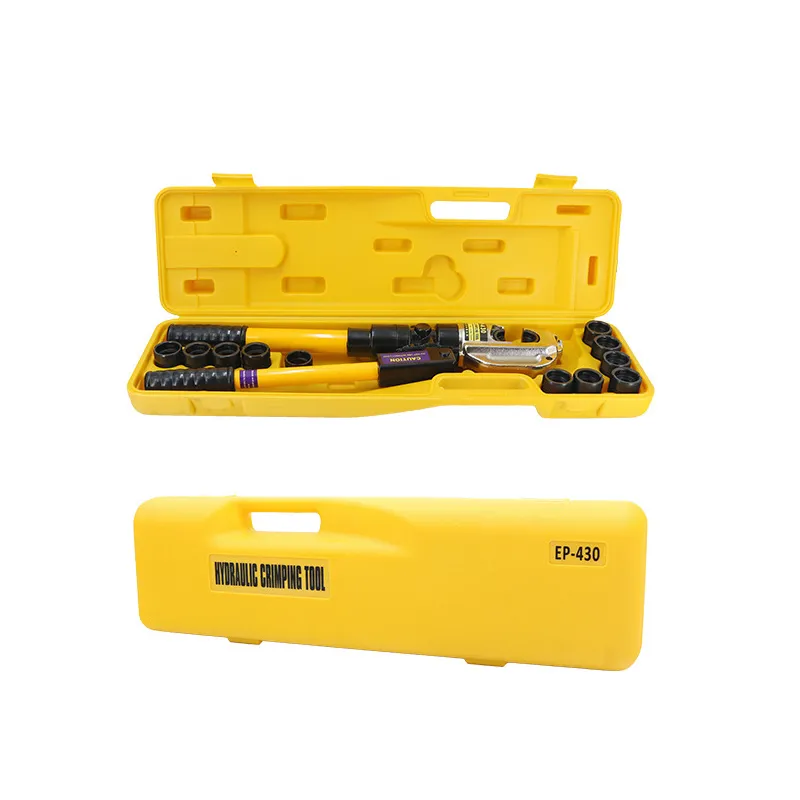
-
 Afrikaans
Afrikaans -
 Albanian
Albanian -
 Amharic
Amharic -
 Arabic
Arabic -
 Armenian
Armenian -
 Azerbaijani
Azerbaijani -
 Basque
Basque -
 Belarusian
Belarusian -
 Bengali
Bengali -
 Bosnian
Bosnian -
 Bulgarian
Bulgarian -
 Catalan
Catalan -
 Cebuano
Cebuano -
 Corsican
Corsican -
 Croatian
Croatian -
 Czech
Czech -
 Danish
Danish -
 Dutch
Dutch -
 English
English -
 Esperanto
Esperanto -
 Estonian
Estonian -
 Finnish
Finnish -
 French
French -
 Frisian
Frisian -
 Galician
Galician -
 Georgian
Georgian -
 German
German -
 Greek
Greek -
 Gujarati
Gujarati -
 Haitian Creole
Haitian Creole -
 hausa
hausa -
 hawaiian
hawaiian -
 Hebrew
Hebrew -
 Hindi
Hindi -
 Miao
Miao -
 Hungarian
Hungarian -
 Icelandic
Icelandic -
 igbo
igbo -
 Indonesian
Indonesian -
 irish
irish -
 Italian
Italian -
 Japanese
Japanese -
 Javanese
Javanese -
 Kannada
Kannada -
 kazakh
kazakh -
 Khmer
Khmer -
 Rwandese
Rwandese -
 Korean
Korean -
 Kurdish
Kurdish -
 Kyrgyz
Kyrgyz -
 Lao
Lao -
 Latin
Latin -
 Latvian
Latvian -
 Lithuanian
Lithuanian -
 Luxembourgish
Luxembourgish -
 Macedonian
Macedonian -
 Malgashi
Malgashi -
 Malay
Malay -
 Malayalam
Malayalam -
 Maltese
Maltese -
 Maori
Maori -
 Marathi
Marathi -
 Mongolian
Mongolian -
 Myanmar
Myanmar -
 Nepali
Nepali -
 Norwegian
Norwegian -
 Norwegian
Norwegian -
 Occitan
Occitan -
 Pashto
Pashto -
 Persian
Persian -
 Polish
Polish -
 Portuguese
Portuguese -
 Punjabi
Punjabi -
 Romanian
Romanian -
 Russian
Russian -
 Samoan
Samoan -
 Scottish Gaelic
Scottish Gaelic -
 Serbian
Serbian -
 Sesotho
Sesotho -
 Shona
Shona -
 Sindhi
Sindhi -
 Sinhala
Sinhala -
 Slovak
Slovak -
 Slovenian
Slovenian -
 Somali
Somali -
 Spanish
Spanish -
 Sundanese
Sundanese -
 Swahili
Swahili -
 Swedish
Swedish -
 Tagalog
Tagalog -
 Tajik
Tajik -
 Tamil
Tamil -
 Tatar
Tatar -
 Telugu
Telugu -
 Thai
Thai -
 Turkish
Turkish -
 Turkmen
Turkmen -
 Ukrainian
Ukrainian -
 Urdu
Urdu -
 Uighur
Uighur -
 Uzbek
Uzbek -
 Vietnamese
Vietnamese -
 Welsh
Welsh -
 Bantu
Bantu -
 Yiddish
Yiddish -
 Yoruba
Yoruba -
 Zulu
Zulu


Dec . 21, 2024 20:49 Back to list
fiber optic cable pulling machine
The Importance of Fiber Optic Cable Pulling Machines in Modern Telecommunications
In an era dominated by high-speed internet and seamless connectivity, fiber optic technology has emerged as the backbone of telecommunications. As more businesses and households demand faster internet services, the role of fiber optic cable pulling machines becomes increasingly significant. These specialized machines streamline the installation process, reduce labor costs, and ensure the integrity of the cables during installation.
Understanding Fiber Optic Cables
Fiber optic cables are thin strands of glass or plastic that transmit data as light signals. Unlike traditional copper cables, fiber optics can support higher bandwidths and longer distances without signal degradation. This makes them ideal for internet service providers who are tasked with delivering fast and reliable services to an ever-growing clientele.
The Role of Cable Pulling Machines
Setting up a network of fiber optic cables is not a straightforward task. The process involves several critical steps, one of which is the actual pulling of the cable through conduits or ducts. This is where fiber optic cable pulling machines come into play. These machines are designed to handle the specific challenges associated with fiber optic installations, including the need for precision, control, and minimal physical strain on the cables themselves.
Key Features of Fiber Optic Cable Pulling Machines
1. Precision and Control One of the primary benefits of using a cable pulling machine is the precision with which it operates. These machines are equipped with features that monitor tension and ensure that the cables are not pulled too tightly, which could lead to damage. Operators can control the pulling speed and force applied, mitigating the risk of excessive strain on the fiber optics.
fiber optic cable pulling machine

2. Speed and Efficiency Manual cable pulling can be labor-intensive and time-consuming. Cable pulling machines can speed up the process significantly, allowing operators to complete installations in a fraction of the time it would take using traditional methods. This efficiency is crucial in meeting installation deadlines and ensuring customer satisfaction.
3. Versatility Modern fiber optic cable pulling machines can be adapted for various environments, whether they are pulling cables through underground ducts, within buildings, or across open areas. This versatility allows telecom companies to utilize the same equipment across multiple projects, maximizing their return on investment.
4. Safety The use of cable pulling machines reduces the risk of injuries associated with manual labor. By mechanizing the process, workers are less likely to experience strains or injuries caused by heavy lifting or awkward positions. Additionally, these machines often come with safety features that prevent accidents during operation.
5. Reduced Labor Costs Though the initial investment in a fiber optic cable pulling machine may be significant, the long-term savings can be substantial. With the ability to complete installations more quickly and safely, companies can reduce labor costs through more efficient project management.
Conclusion
Fiber optic cable pulling machines are indispensable tools in the rapidly evolving landscape of telecommunications. As the demand for high-speed internet continues to soar, the ability to install fiber optic networks quickly and efficiently becomes increasingly crucial. These machines allow for precise, safe, and efficient installations, ultimately facilitating better connectivity and communication for businesses and households across the globe.
In summary, investing in advanced fiber optic cable pulling machines not only enhances operational efficiency but also ensures that service providers can keep pace with the ever-growing demands of the digital age. As we move forward, the reliance on such technology will only increase, shaping the future of telecommunications for years to come.
Latest news
What Are Construction Tools and How Are They Used?
NewsJul.11,2025
Professional-Grade Duct Rodding Tools for Superior Cable Installation
NewsJul.11,2025
Enhancing Safety and Efficiency with Modern Hot Stick Solutions
NewsJul.11,2025
Empowering Cable Installation with Advanced Rodder Solutions
NewsJul.11,2025
Elevate Your Cable Installation Projects with Cable Pulling Tools
NewsJul.11,2025
Efficient Cable Handling Solutions: Cable Rollers for Sale
NewsJul.11,2025











